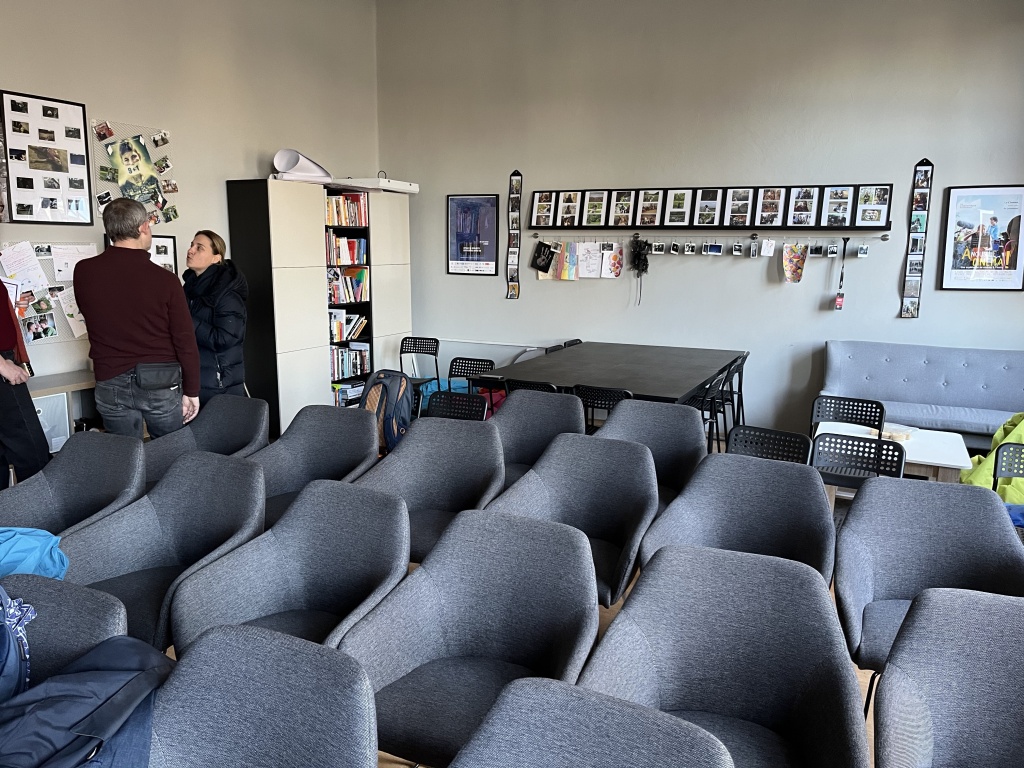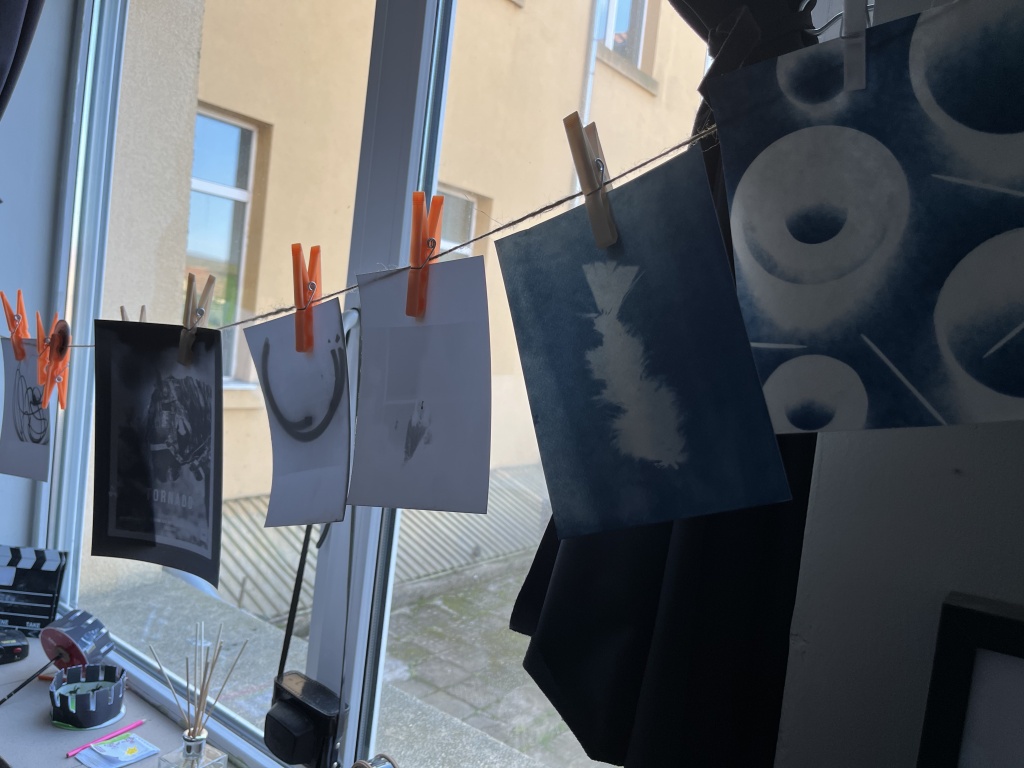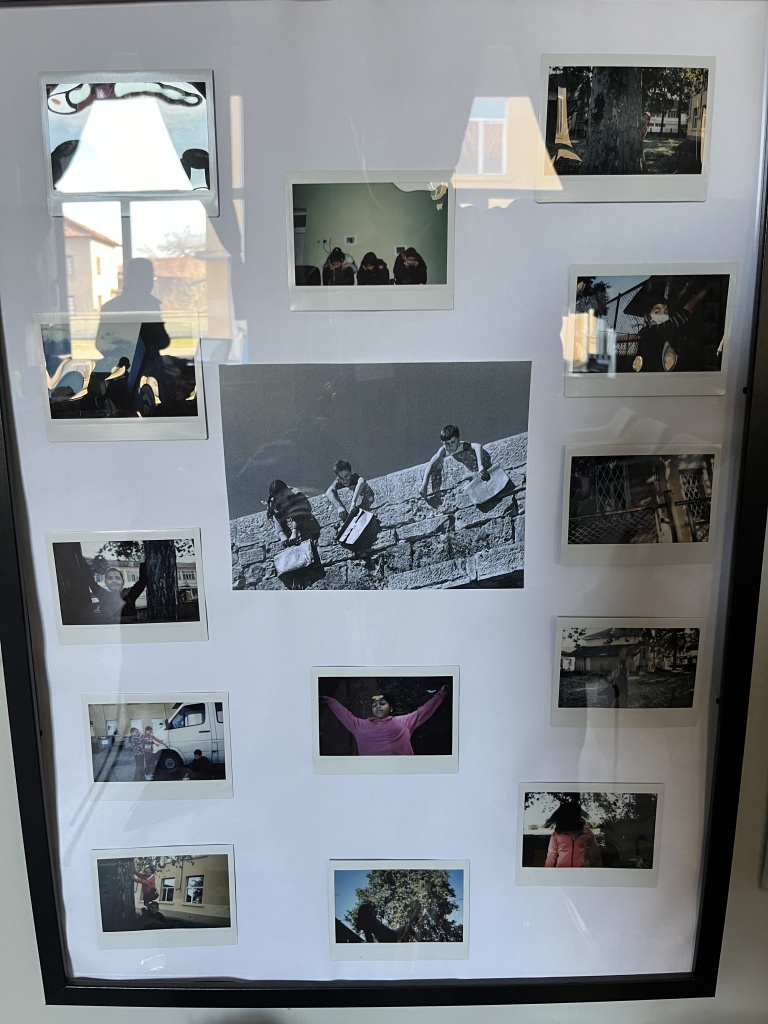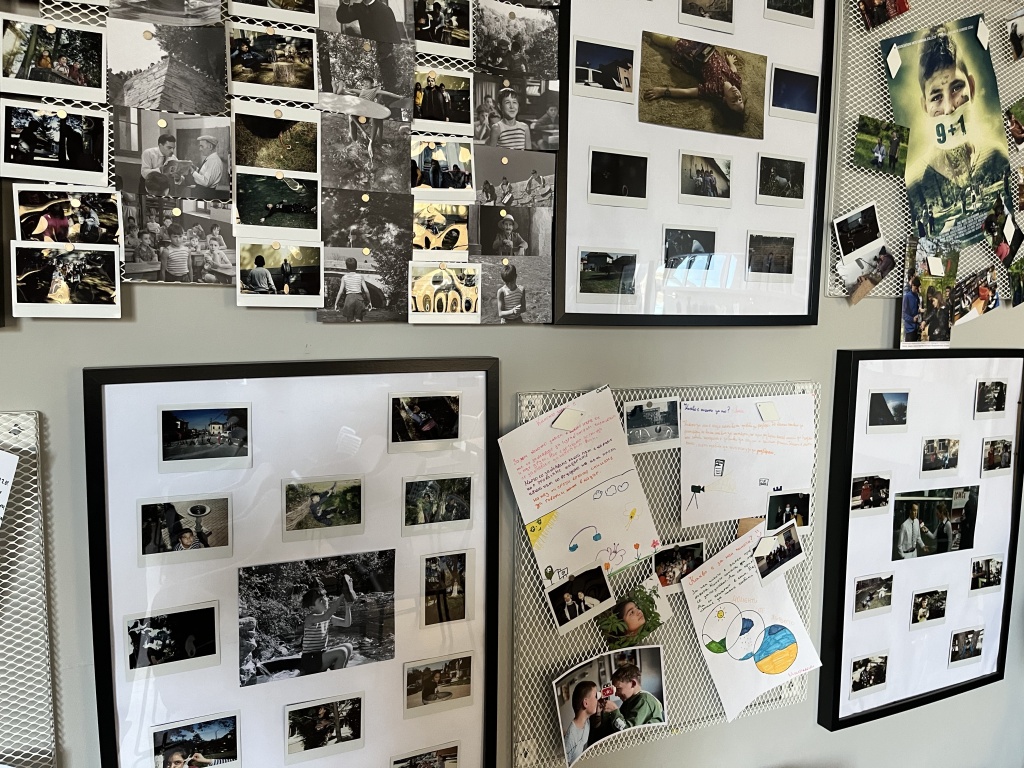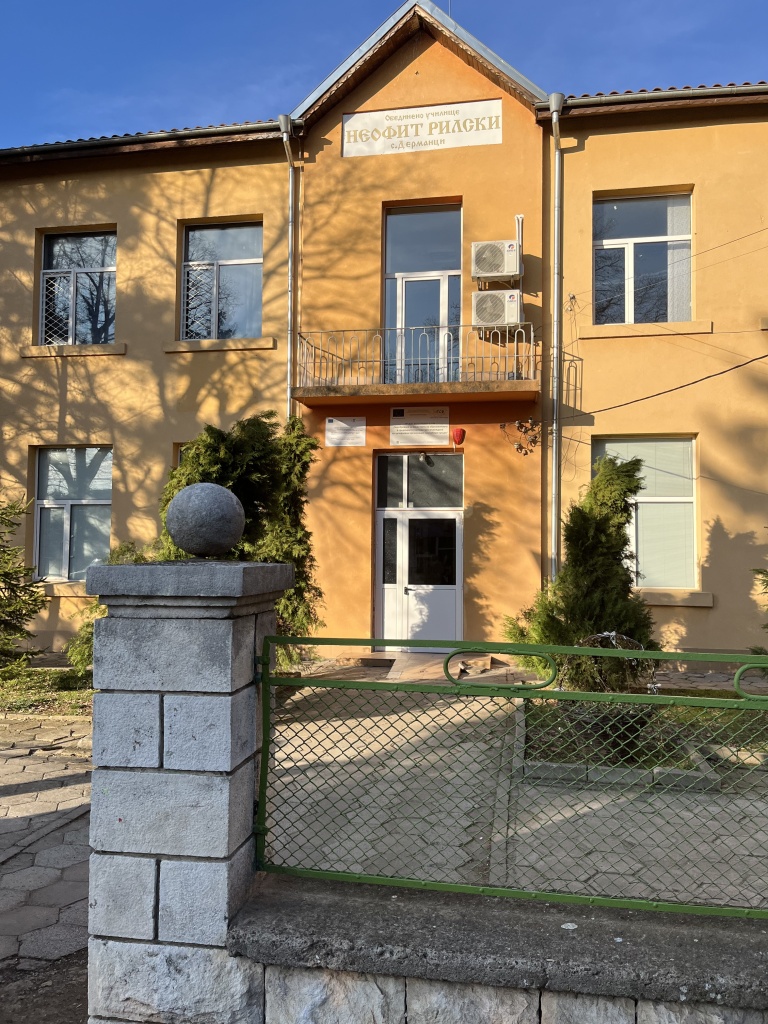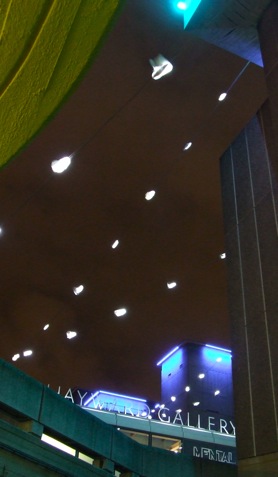In the summer of 2009, BFI joined a film-making programme hosted by the Cinémathèque Française since 1995 called ‘Le Cinéma, cent ans de jeunesse’. These pages track the progress of the English participation in the project, from our first venture in 2009/10 (‘Why move the camera?’). The latest theme is ‘Centred/Decentred’, 2022/23. In the summer of 2021, the programme cut loose from its parent, the Cinémathèque Française, and went independent, after 25 years! It is supported until 2024 by the Erasmus Programme.
What is ‘Le Cinéma, cent ans de jeunesse’ ?
In 1995, a group of film educators set up a young people’s film-making programme to celebrate the centenary of cinema. The programme had a specific approach and working method which is still going strong more than 25 years later. Firstly, all the young people involved in the programme follow the same process: to make films that respond to an aspect of film language. Second, the programme is very tightly structured into exploratory exercises and the production of a final ‘film essai’. The whole process takes between 30 and 50 hours, over two terms. Thirdly, there is a comprehensive ‘viewing curriculum’ of clips taken from the history of cinema and from around the world. Fourth, each workshop is run by a film-maker and a teacher, each with particular responsibilities.
In 1995 the subject was ‘Lumière’: all participants made films in the same spirit, and under some of the same constraints, as the Lumière Brothers.
Over the next 10 years the programme grew to involve 25 – 30 workshop groups or ‘ateliers’ each year, expanding into Spain, Italy, and Portugal aroundf 2005, and then in 2009 the BFI brought groups from south London into the programme. In 2010 our first cohort of Lincolnshire primary schools joined, and in 2012, several groups from Edinburgh and Dundee, led by the Centre for the Moving Image at Edinburgh Filmhouse. In 2013/14 there were 31 workshop groups in Scotland, and more in Lincolnshire, London, and Taunton. By 2018/19, the international cohort had expanded to Lithuania, Bulgaria, Germany, Finland, Romania, and Belgium, and Brazil, India, Japan and Cuba and Argentina, and then in 2020 a major push into South America brought in Chile, Columbia, Mexico and Uruguay.
The film language topics covered include ‘light’, ‘colour’, ‘figure/fond’ (foreground/background), ‘camera movement’, ‘hiding/revealing’, ‘real/fiction’, mettre en scene’ or ‘staging’. In 2013/14 we followed with ‘plan sequence’, or ‘the long take’, and the year after it was ‘L’Intervalle’, or the gaps and spaces between characters, and between film and audience. In 2015/16, the programme joined the international climate change conference in Paris, COP 21, by exploring weather and climate: ‘Le Meteo’. In 2016/17 the focus was on ‘play’ in the cinema. In 2017/18, the programme moved on to consider the relationship between ‘places’, and ‘stories’: how particular places can generate, or be associated with, stories in cinema. 2018/19’s theme was ‘the situation’: the common patterns of narrative, and relations between characters, that make up different types of story situation, followed in 2019/20 by ‘sensory cinema’: how film mobilises the senses in creating stories, characters, and feelings. 2020/21 covered ‘time in cinema’, and the following year, we looked at ‘motifs’ in film. The theme in 2022/23 was ‘Centred/ Decentred’ – in shots, scenes, and stories. In 2023/24 for thefirst time we left formal themes and moved to consider a whole genre: ‘la geste documentaire’, which is hard to translate, but something like ‘the documentary mode’.
Film-making groups in education settings in the UK are welcome to join the project by emailing mark reid at gap435@yahoo.co.uk.


